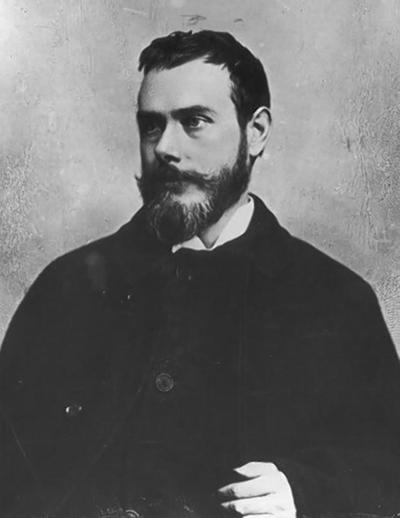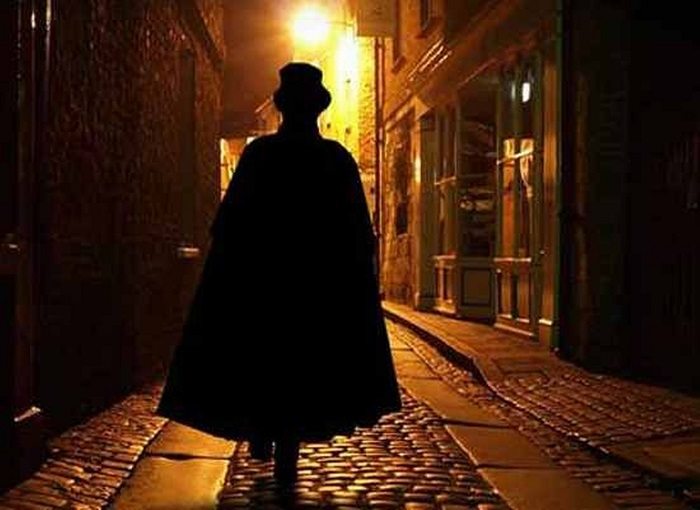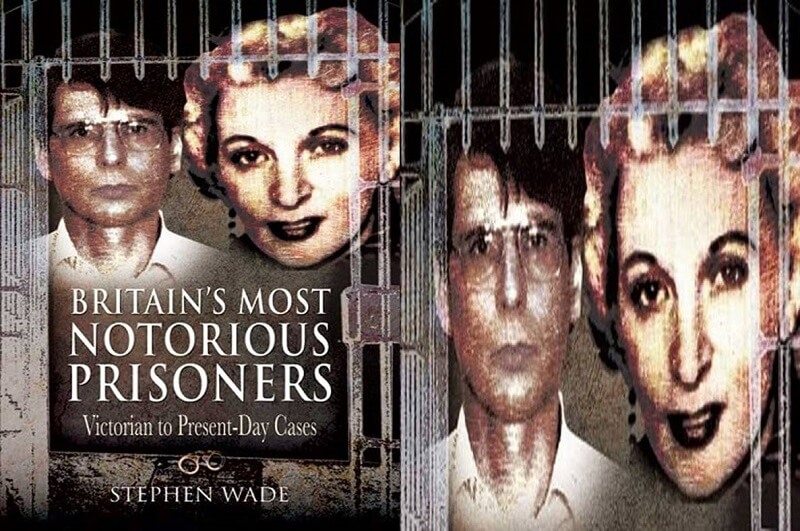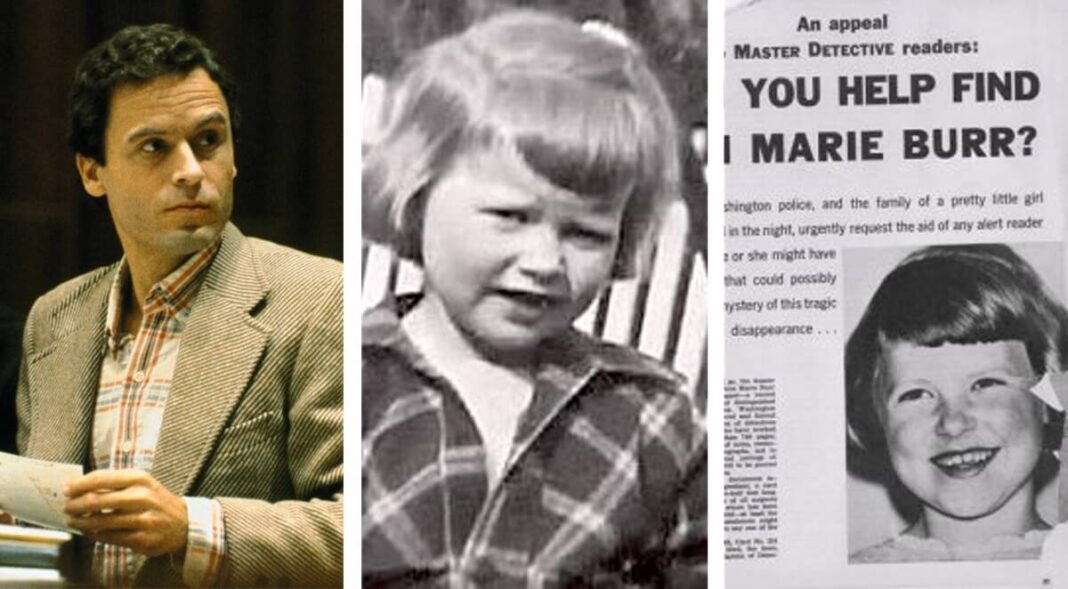According to Australian researcher and teacher Richard Patterson, Francis Thompson was the Whitechapel serial murderer Jack The Ripper. Richard Patterson has been studying the Jack the Ripper murders for almost 20 years and his discoveries about Francis Thompson being a lead suspect in the identity of the murderer make interesting reading. This is a man who has traveled the world visiting London and the murder sites, talking with Ripper experts and visiting the Burns Library in Boston, which holds the largest collection of Thompson’s letters and papers in the world.
His is a theory which not only can place Francis Thompson at the all murder sites but provides a motive for the killings and highlights his ability and opportunity to carry out the attacks.
Most startling is how the writings of Francis Thompson himself tell of using his written words as a form of confession and his poems which give a narrative of a man wandering the streets of London brutally murdering women with a knife.
Read my review of Richard Patterson’s book “Jack the Ripper: The Works of Francis Thompson” here.
“He lived in Providence Row, a few yards from where Mary Kelly was killed. He had surgeon training and he carried a razor sharp knife. Right before the ‘Ripper’ murders a prostitute, he had fallen in love with, severed their relationship and fled him. Right after the murders, he was placed in a private sanitarium. A poet who was also a murderer? If he is indeed Jack the Ripper and has gone to hell, he will not be lonely. He will join the ranks of the other infamous serial killers who were also poets, such as Israel Keye, Dennis Nilsen, Joel Rifkin, Ted Bundy, Jack Unterweger, Dennis Rader, and the Zodiac Killer.” – Richard Patterson
The Elusive Jack The Ripper Identity
The Ripper murders in Whitechapel, London in 1888 have created fascination since they mysteriously stopped and no real suspect could be named. For 12 weeks between August and September 1888, five women were brutally murdered and mutilated on the streets of London.
While many believe other murders were also committed by this same individual, these five are those which are recognized as ‘official’ Ripper victims. In 1888 forensic science was barely in use and evidence collection and analysis at crime scenes almost non-existent. No forensic evidence is available for these murders; there are no witnesses and no solid clues as who this individual was.
All five victims were known prostitutes working in the area of Whitechapel. Mary Ann Nicholls was 43-years-old living in a common lodging house in Spitalfields when she was murdered in back street Bucks Row on 31 August 1888. Annie Chapman, was 47-years-old and was found murdered and mutilated on Hanbury Street, Spitalfields on 8 September 1888.
Two murders then followed on the same night, those of Elizabeth Stride, 45 who was found on Berner Street and Catherine Eddowes, 46 who was found at Mitre Square about 10 minutes walk from Berner Street, on 30 September 1888.
The final murder was Mary Jane Kelly on 9th November 1888. The youngest victim at 25 years old and the only victim to be murdered indoors. She was found on her bed inside her single room lodgings at 13 Miller Court, Whitechapel. All five victims had been brutally mutilated. In most cases, their throats had been slit with a long-bladed knife before they were disemboweled. The individual responsible for these murders most likely had medical knowledge, an understanding and skill in anatomy in order to carry out these attacks.
There have been hundreds of theories on the identity of Jack The Ripper over the years. H.H. Holmes, for example, the Chicago serial killer who is thought to have killed hundreds in his ‘murder castle’, has been suggested by history researcher Mark Potts along with the grandson of Holmes himself, Jeff Mudgett, as a Ripper suspect. This is based on a similarity to the photofit of the Ripper and an account that he may have visited London around the time of the murders.
Barrister Montague John Drutt, hairdresser Aaron Kosminski and Ship’s Fireman James Thomas Sadler were all suspects included in the original Ripper police files, however, no firm evidence or viable leads can tie them to the murders themselves.
Author Russell Edwards presented DNA evidence to support his theory that 23-year-old Polish-Jewish barber Aaron Kosminski was behind the Jack the Ripper identity. Russell Edwards had managed to purchase a shawl belonging to Catherine Eddowes, a murder victim thought to have been killed by Jack the Ripper, at auction. Testing the shawl for DNA he claims the results provide the first piece of forensic evidence available in the Jack the Ripper identity case and proves without any doubt the killer was Aaron Kosminski.
Although this is an author confident he has uncovered the mystery, critics claim serious flaws in the DNA testing of the shawl and as such this evidence cannot be relied upon for an identification of the killer.
One of the most well-known theories on the Jack the Ripper identity is author Patricia Cornwell’s theory that he was Walter Sickert. Published in her book ‘Portrait of a Killer: Jack The Ripper – Case Closed’, this is a theory that received worldwide attention. She claims to have found a DNA match between some of the Ripper letters and Water Sickert. However, many researchers now claim that this evidence may suggest Walter Sickert hoaxed some letters and he was not the real killer as he was not in the country when the most of the murders took place.
In 2015 alone there have been a number of suspects put forward as being behind the elusive Jack the Ripper identity. These include musician and Freemason Michael Maybrick, put forward by Bruce Robinson in his new book, a man who has spent 15 years trying to unravel the Jack the Ripper mystery. Dr. Wynne Weston-Davies claims the killer was Francis Craig. The final Ripper victim, Mary Jane Kelly, was his great aunt, and Francis Craig was her estranged husband. He claims that she was not only the victim of the Ripper, but she was the reason the four others were killed in an attempt by Francis Craig to cover up the murder of his wife.
Could Francis Thompson Be Jack The Ripper?
Richard Patterson, in contrast, has been able to provide a viable theory on Francis Thompson being the elusive Ripper of London. His research has shown in the years prior to 1888, Francis Thompson was an unknown vagrant surviving in the slums of London.
He lived on the streets, spending his days wandering the city and his nights exploring the back streets finding somewhere to sleep. He was known to keep himself to himself and carry a sharp razor knife with him under his overcoat.

Thompson was not always homeless with little direction in his life. Following in the footsteps of his father who was a doctor, between 1877 and 1884 he trained at medical school in Manchester’s Owens College, with intentions of becoming a surgeon. He was taught how to dissect cadavers and remove organs with surgical skill and precision. However, after six years of study, he gave it up and moved to London in 1885 to become a writer.
With no lodgings and no income, Thompson began abusing opium leaving him with a drug addiction he struggled to feed. He met a prostitute on the streets who took pity on him, providing him with lodgings and money and supported him in his writing. This relationship, however, failed after around a year when she left him abruptly never to return, much to his dismay. He is said to have spent much of his time after this point searching the streets for his prostitute lover.
An unpublished poem was written by Francis Thompson around two years before the murders entitled “The Nightmare of the Witch Babies” is one highlighted by Richard Patterson to be of particular interest;
“The public never got a chance to read his Nightmare of the Witch Babies. It was never published. It was about a man who hunts down women by night.”
Ha! Ha!…
A lusty knight,
Ha! Ha!
Rode upon the land…
What is it sees he?
There he saw a maiden
Fairest fair,…
‘Swiftly he followed her
Ha! Ha!
Eagerly he followed her
Ho! Ho!
Lo, she corrupted
Ho! Ho!
Comes there a Death
And its paunch [stomach] was rent
Like a brasted [bursting] drum;
And the blubbered fat
From its belly doth come
It was a stream ran bloodily
Under the wall
O Stream, you cannot run too red…
It was a stream ran bloodily
Under the wall.
With a sickening ooze-Hell made it so!
Two witch babies, Ho! Ho! Ho!
Francis Thompson As a Suspect
Francis Thompson was first named as a suspect in the Whitechapel murders in a paper written by American forensic pathologist Dr Joseph Rupp called “Was Francis Thompson Jack The Ripper” in 1988 published in UK journal The Criminologist. A theory which in 1988 was not given much credit but it is one that has been advanced through Richard Patterson’s research:
“Dr Joseph Rupp, a Texan pathologist, back in 1988 had named Thompson a suspect, but nobody had paid him any attention. This was partly because he had not placed Thompson near the murders. My research since then can now show Thompson living close to all the murders, he carried a knife and amongst much more, he had been taught a rare and specialised technique of surgery that was similar to some of the Ripper’s mutilations.”
The modus operandi of Jack the Ripper included strangulation and cutting of the victims’ throat. Once their life had ended he mutilated their bodies, in some cases removing organs, and all in the dead of night under the cover of darkness. Only his final victim, Mary Kelly, was found indoors, all others were found where it is assumed they were murdered, on the ground in a dark backstreet.
In terms of the police investigation, the brutal nature of the crimes leads many to believe at the time the killer was clearly mentally disturbed. In 1888 such crimes were assumed to be the result of disturbed and mentally ill thinking and therefore the focus of the investigation and possible suspects in the early stages remained narrow, looking for vagrants in and around London with clear and obvious mental health issues.
Modern forensics and crime scene analysis had not yet been developed. At that time, police relied on eye-witness accounts and if they were not available there was little for police to work with. What we know now about serial killers and their behavior was not known in 1888.
The Jack The Ripper Casebook, probably the best and most extensive resource available on the internet on the murders, highlights if modern-day criminal profiling techniques are applied to what is known about the Ripper, the following profile emerges.
He may have lived in the Whitechapel area and be a white male between ages of 20 and 35. A person who didn’t draw attention to himself was of normal appearance and didn’t stand out in a crowd.
Francis Thompson was a white male at 27-years-old at the time of the murders. He lived in and around the Whitechapel area and new the streets intimately. In 1888, just before the murders began, Francis Thompson had been ‘rescued’ from the streets.
After submitting a poem to a magazine he was taken under the wing of the editor Wilfrid Meynell, who offered him a place inside his home which Thompson refused and provided him with clean fresh clothes. He remained as his editor getting his work published for the first time.
During the period of the murders, Francis Thompson remained sleeping in lodgings less than a two-minute walk away from the scene of Mary Kelly’s murder and within a 15-minute walk to all the murder sites. This was a man who lived in the vicinity of the killings, mixed with prostitutes and may well have known some of the victims.
He carried a knife similar to the weapon used in the Jack The Ripper murders. He had a grievance with prostitutes after his prostitute lover left him and he had the training and skills to kill and mutilate victims in the same manner as the killer.
At the same time as the Whitechapel murders stopped, Meynell had sent Thompson to Our Lady of England Priory in West Sussex to recover from his opium addiction, removing him from the Whitechapel area, where he lived quietly for a period writing more of his poems.
His poems also give further indication that there was more to Francis Thompson that he wanted to openly reveal. His writings gave him a method of expression and possibly a safe method of confession. Could Francis Thompson have been telling us all along that he was responsible for some evil murderous deeds and no one paid attention?
“If you think that anyone who lived right close to the murders, carried a knife and hated prostitutes might have been Jack the Ripper, then you think that Francis Thompson might have been Jack the Ripper. – Richard Patterson”
Richard Patterson’s book ‘Jack the Ripper: The Works of Francis Thompson‘ details his 20 years of research into the Jack The Ripper murders and Francis Thompson as a suspect.



